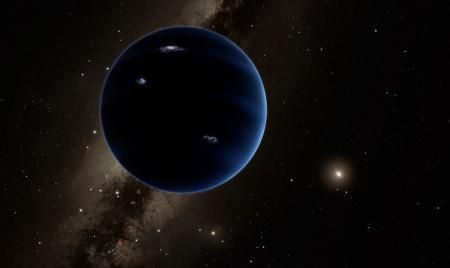Planet Nine Causes Solar System Tilt Despite Being Undiscovered, Researchers Say

There are many things we don’t know or understand about our immediate planetary neighborhood, even though they may have been studied and investigated in some capacity or another. One of the things we know but don’t understand — which also has been studied very little — is the tilt of the planets with respect to the sun.
All the known eight planets — from Mercury to Neptune — have varying orbits but they all rotate around the sun in a flat plane, with their orbits within a couple of degrees of each other. However, that flat plane is inclined at six degrees to the solar equator, and no one has any good ideas about why that is the case.
Up till now, that is.
A hypothetical ninth planet, a massive object about 10 times the size of Earth, at the very edge of the solar system, somewhere in the Kuiper Belt, could be causing the orbits of the known eight planets to be out of sync with the sun’s equator. Tentatively called Planet Nine, the object was hypothesized in January by Konstantin Batygin and Mike Brown from the California Institute of Technology (Caltech).
Elizabeth Bailey, a graduate student at Caltech and lead author of a research paper presented at the annual meeting of the American Astronomical Society's Division for Planetary Sciences held in Pasadena, California, on Tuesday, said in a statement: “Because Planet Nine is so massive and has an orbit tilted compared to the other planets, the solar system has no choice but to slowly twist out of alignment.”
According to the work done by Batygin and Brown, both professors at Caltech, Planet Nine has an orbit more than 500 times farther than Earth’s and is inclined at about 30 degrees to the solar equator. The effect such an object would have on objects within the Kuiper Belt is how the two professors predicted the existence of Planet Nine, and now, it is hypothesized that the same angular tilt affects the orbits of all other planets within the solar system.
Researchers are not sure how Planet Nine, if it exists, achieved its highly unusual orbit or even how it got to where it is supposedly located. However, research conducted by a team from the University of Arizona has provided additional support for the possible existence of Planet Nine. Led by Renu Malhotra, the researchers have narrowed the range of its parameters and location.
© Copyright IBTimes 2025. All rights reserved.





















